When asked to name a word that starts with the letter X, many of us will think first of xylophone or X-ray. If asked to name a flower that starts with X, we’ll probably just scratch our heads. But such plants do exist! Keep reading to learn about some extraordinary flowers that start with X.

1. Xeranthemum (Xeranthemum sp.)
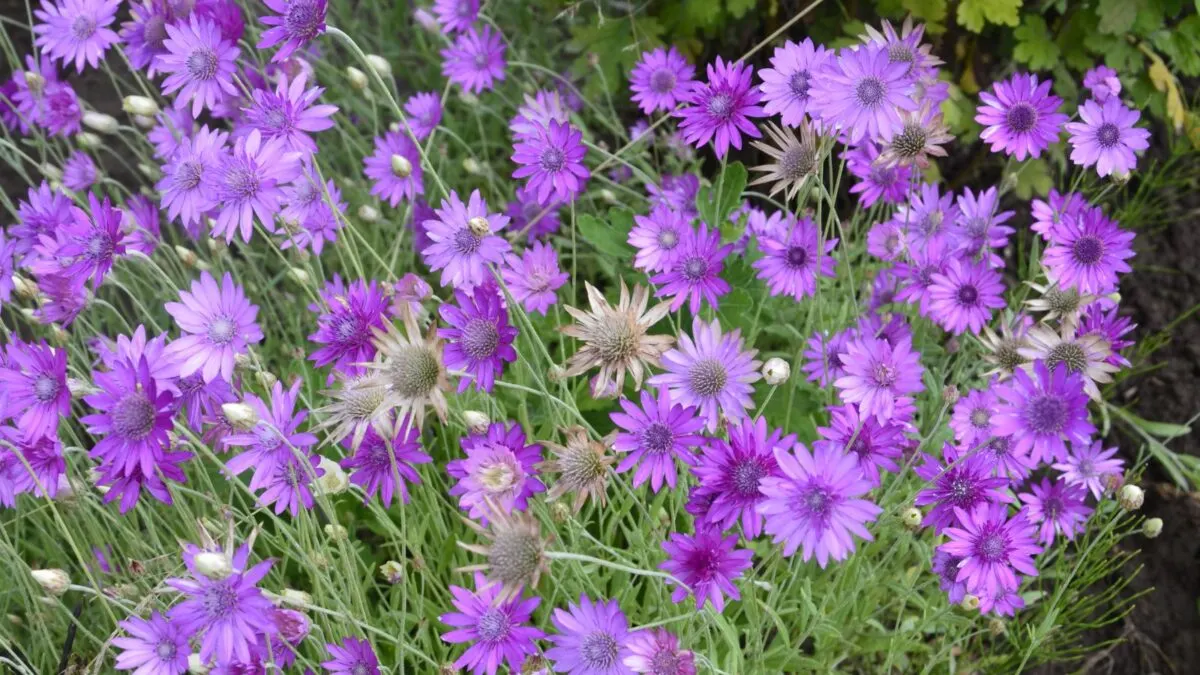
Another genus in the aster family, xeranthemum features silvery-green foliage and colorful, papery flowers. The six different species produce either tubular or daisy-like blossoms in shades of white to purple, typically in midsummer to early fall, which makes excellent fresh and dried cut flowers. Some species, such as immortelle, can become invasive in many areas, so check with your local extension office before planting.
This native of the Mediterranean and southwestern Asia grows best in average to dry soil and full sun.
2. Xanthisma (Xanthisma sp.)
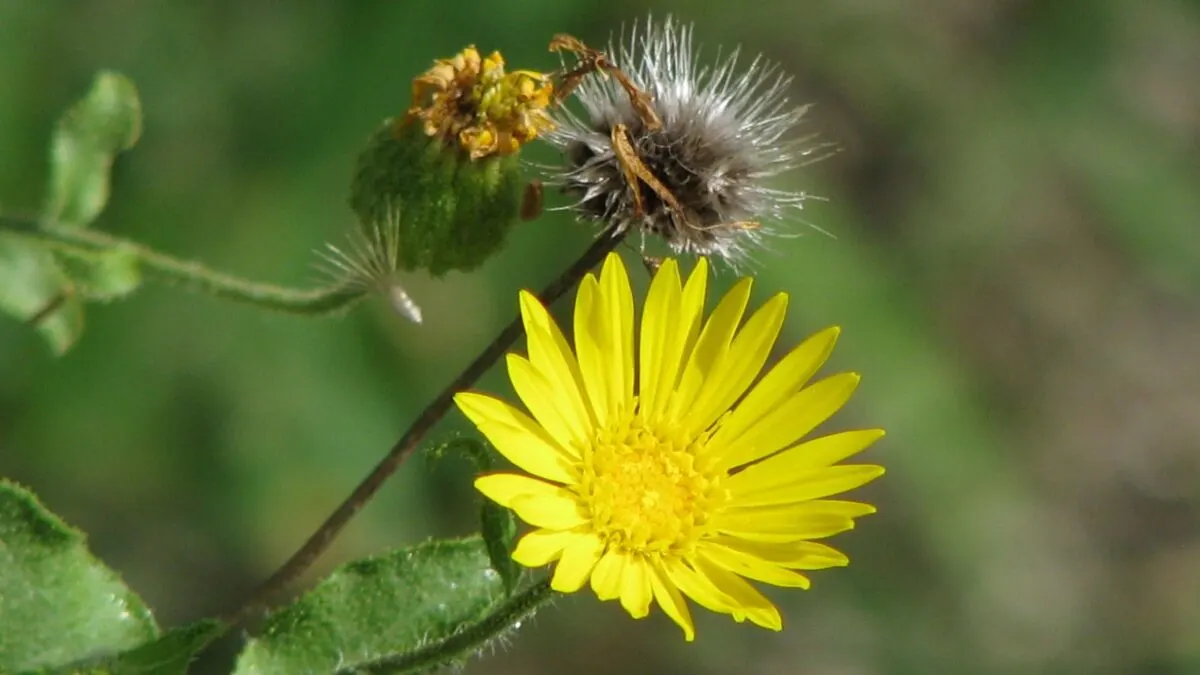
There are about 10 species of xanthisma, a member of the aster family. Most xanthisma bloom in the spring with bright yellow flowers resembling daisies or small sunflowers. One of its common names, sleepy daisy, refers to the tendency of the blossoms to close up at night. This genus includes both annuals and perennials, and some species feature white or purple petals rather than yellow.
A native of the U.S. and Mexico, xanthisma thrives in sandy, well-draining soil and full sun. It tolerates drought and dry soil, making it a great candidate for xeriscaping.
3. Xerochrysum (Xerochrysum bracteatum)
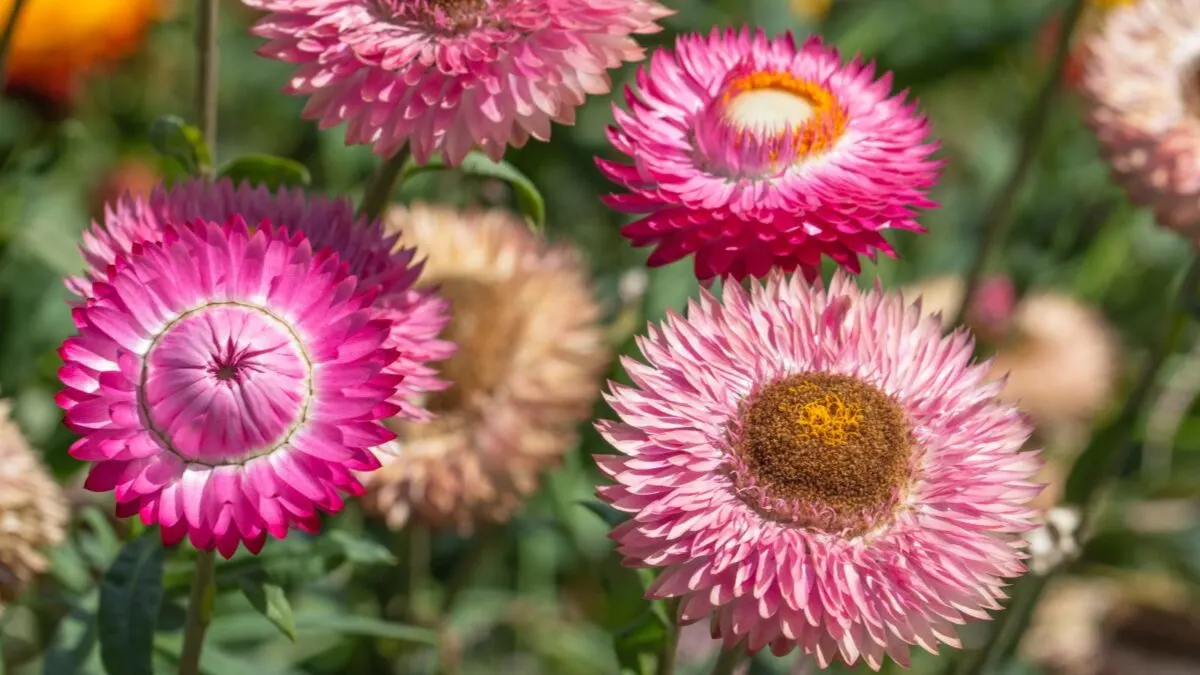
Commonly called strawflower or everlasting flower, xerochrysum produces bright, papery, daisy-like blossoms in shades of white, yellow, orange, red, and pink. The name everlasting flower fits in multiple ways: xerochrysum blooms from June until frost, holds up well as a cut flower, and retains both color and shape when dried.
An Australian grassland native, xerochrysum is easy to grow in dry to average, well-draining soil in full sun to light shade.
4. Xerophyllum (Xerophyllum sp.)
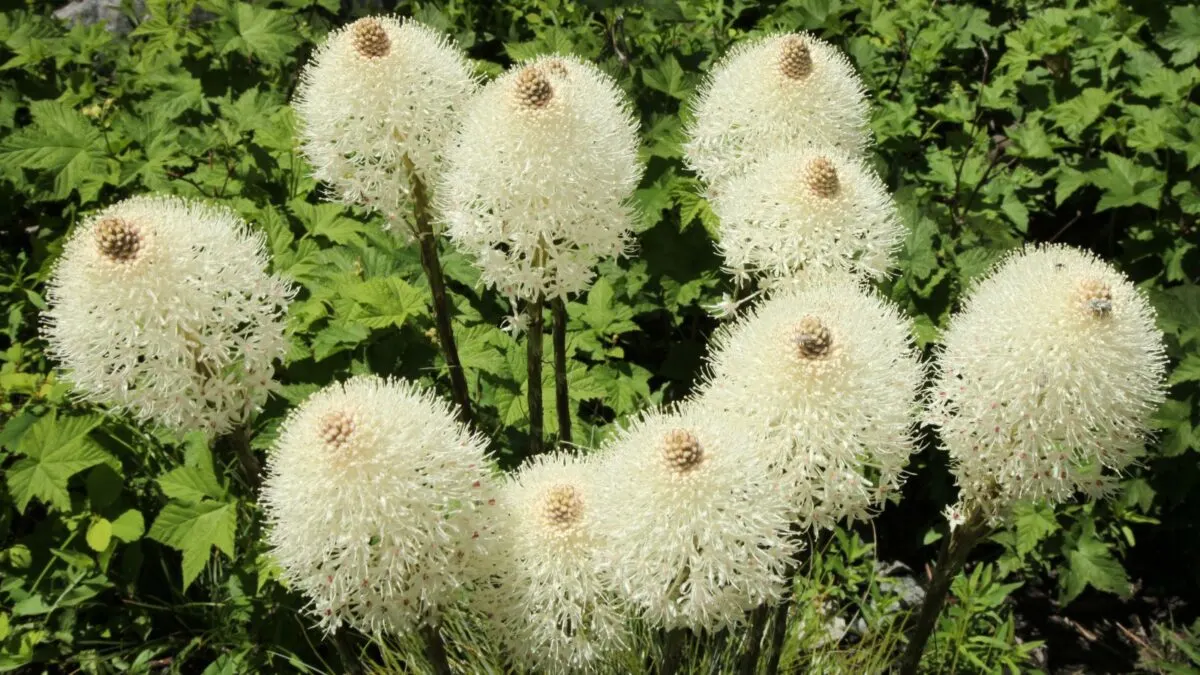
Known as bear grass or turkey beard, xerophyllum grows wild in western North America and is often one of the first plants to reappear after a wildfire. In spring or early summer, dense, bushy clusters of small, slightly fragrant, white flowers bloom atop tall stalks. Add these unique plants to perennial beds or wildflower gardens.
Xerophyllum prefers full sun and rich, sandy, or loamy soil with good drainage but will tolerate wet conditions.
5. Xyris (Xyris sp.)
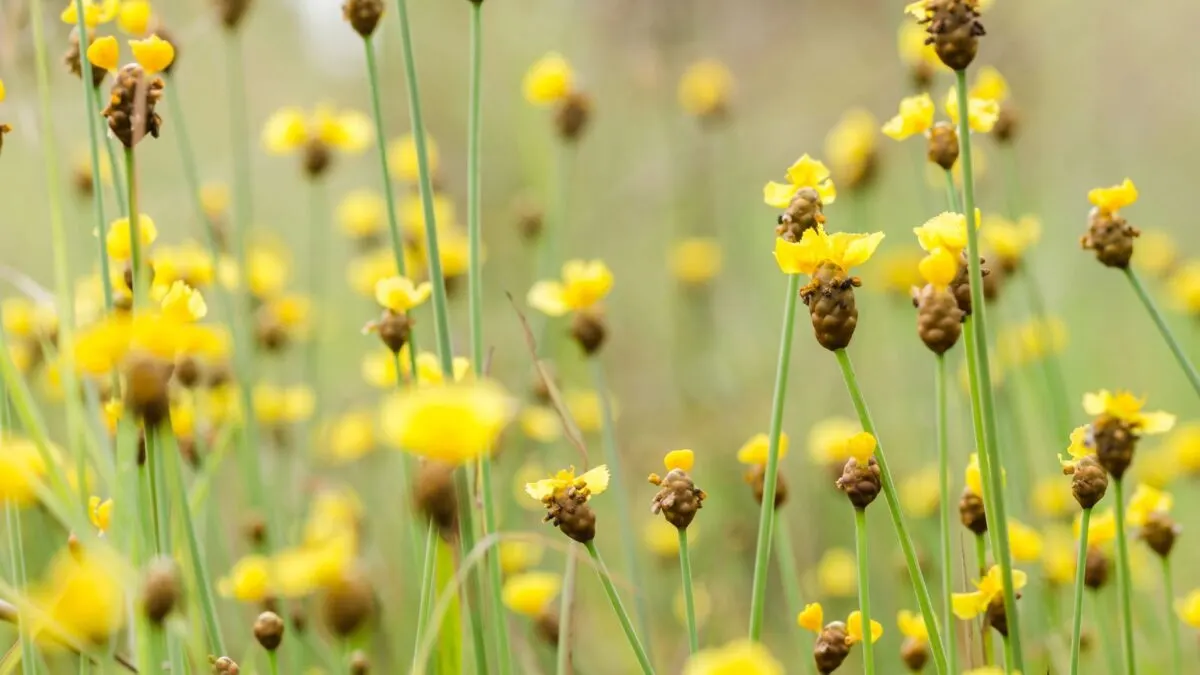
Although there are more than 250 species of xyris throughout the world, just 21 are native to North America. Its grasslike foliage has earned it the common name yellow-eyed grass, though xyris is actually a monocot and not a grass at all. Each tall, narrow stem produces one small, yellow, three-petaled flower.
Typically a wetland plant, xyris prefers moist, well-draining soil in a sunny location and benefits from light afternoon shade in hot climates.
6. Xanthoceras (Xanthoceras sorbifolium)
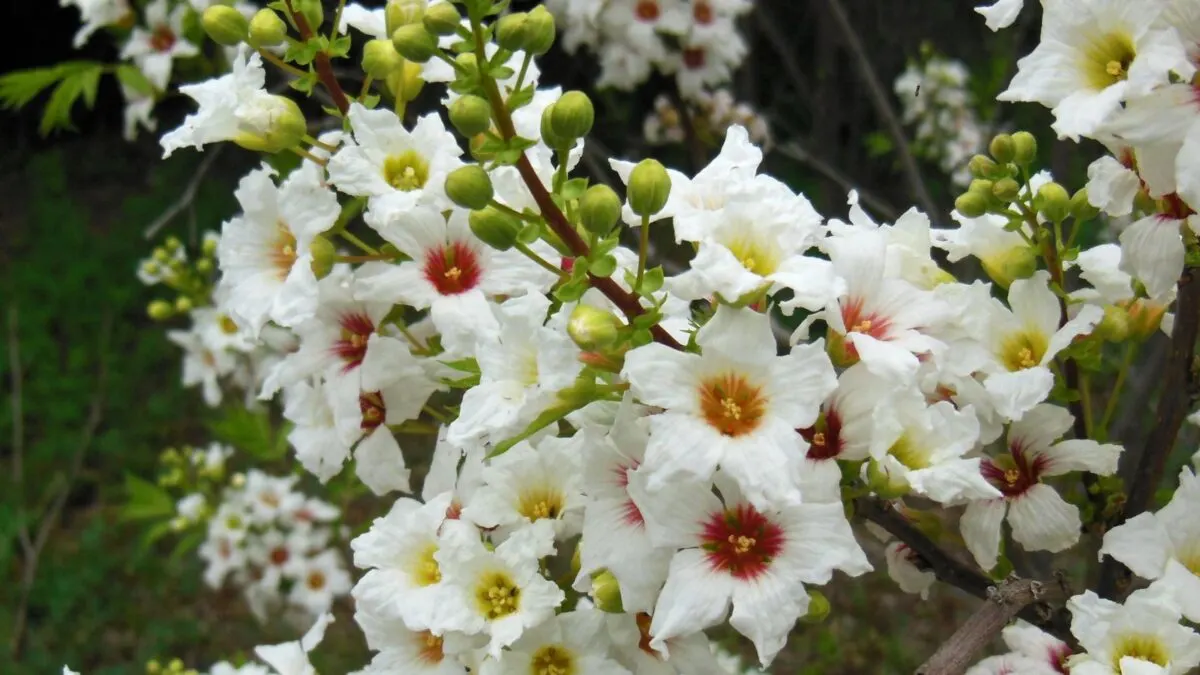
Xanthoceras, commonly called yellowhorn, is a deciduous shrub or tree native to China. In May, small, white, star-shaped flowers open to reveal yellow throats that deepen to maroon with maturity. The fruits that follow resemble buckeyes but taste like chestnuts — the seeds, flowers, and foliage of xanthoceras are all edible.
With a natural habitat of rocky slopes, xanthoceras prefers loamy, well-draining soil in a warm, sunny location but will tolerate a wide range of conditions.
7. Xylosma (Xylosma sp.)

Typically valued for its bronzy new growth and use as a hedge, xylosma produces inconspicuous, yellow-green blossoms that nevertheless provide an important food source for bees. The small, black fruit that follows also attracts birds. Xylosma grows 10 to 12 feet tall and wide with a loose, open habit, but its evergreen foliage holds up well to pruning and training.
A low-maintenance shrub, xylosma tolerates heat and poor soils. It grows best in USDA zones 8-11 and when planted in full to part sun with regular moisture.
Though few in number, these extraordinary flowers offer a diverse range of colors, textures, and growth habits. This means that nearly every garden can host a unique flowering plant that starts with the letter X!
Flowers From A To Z

An alphabetical list of flowering plants can be useful for researching flowers, finding creative names, or browsing for inspiration.
Here’s a list of flowers from A to Z
Serena Manickam is a freelance editor and writer and sustainable market gardener in rural Virginia. She holds a BA in environmental science and runs Fairydiddle Farm, a small market garden in which she grows no-spray produce and herbs to sell at a local farmer’s market.


Beautiful Flower Garden Ideas
Tuesday 1st of June 2021
[…] 7 Extraordinary Flowers That Start With X […]